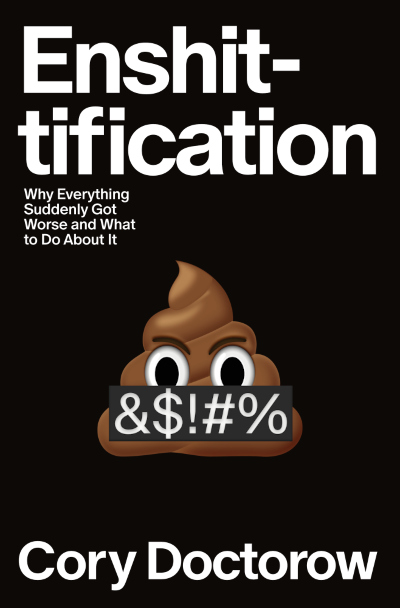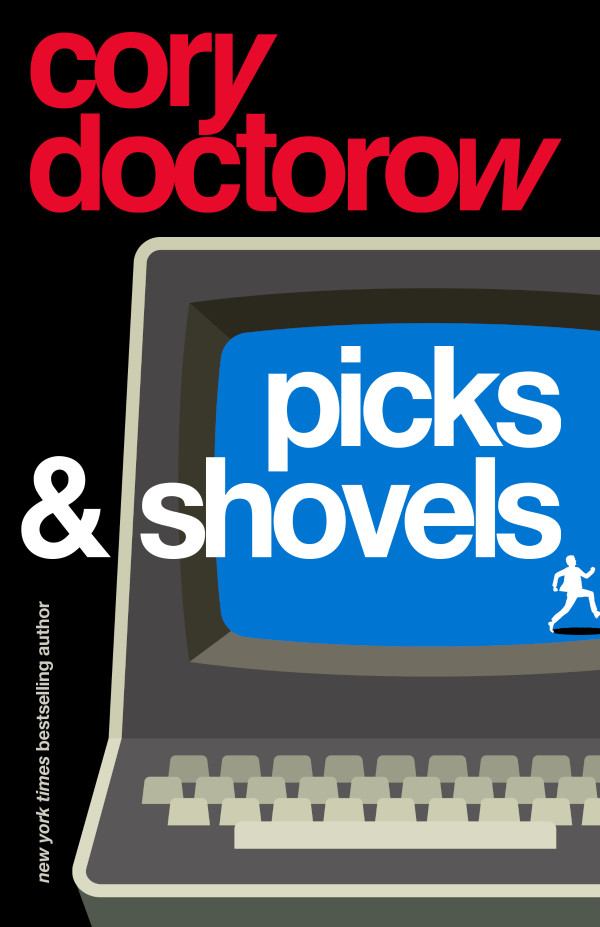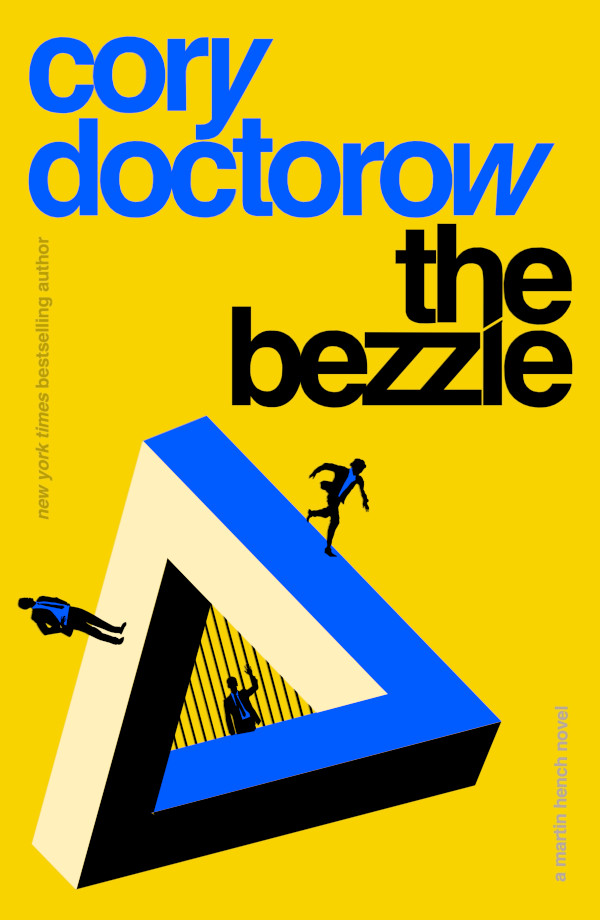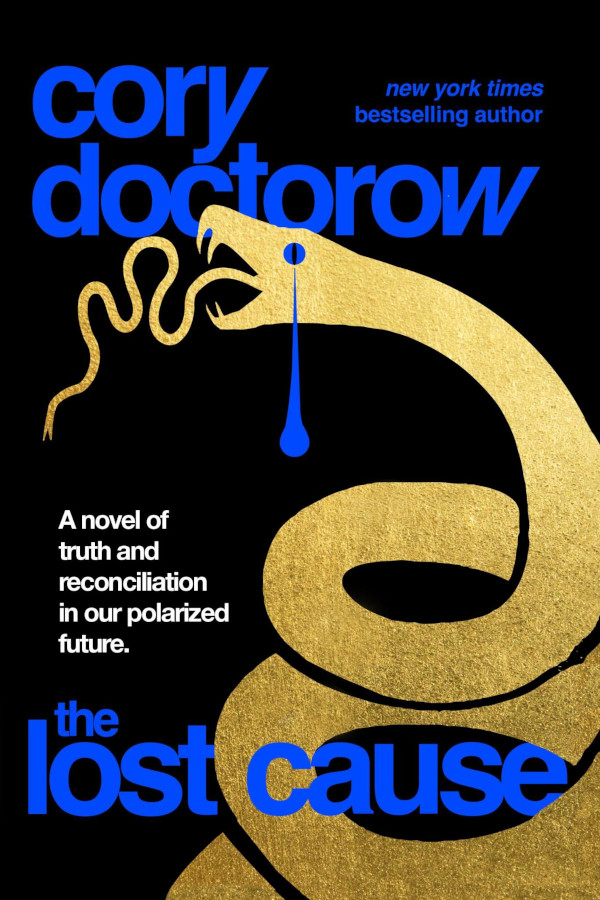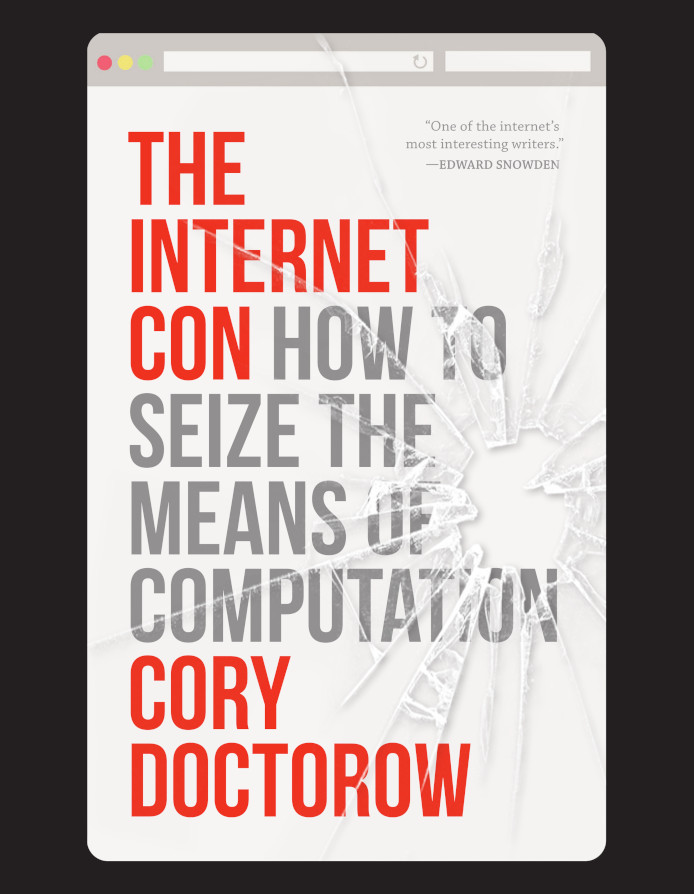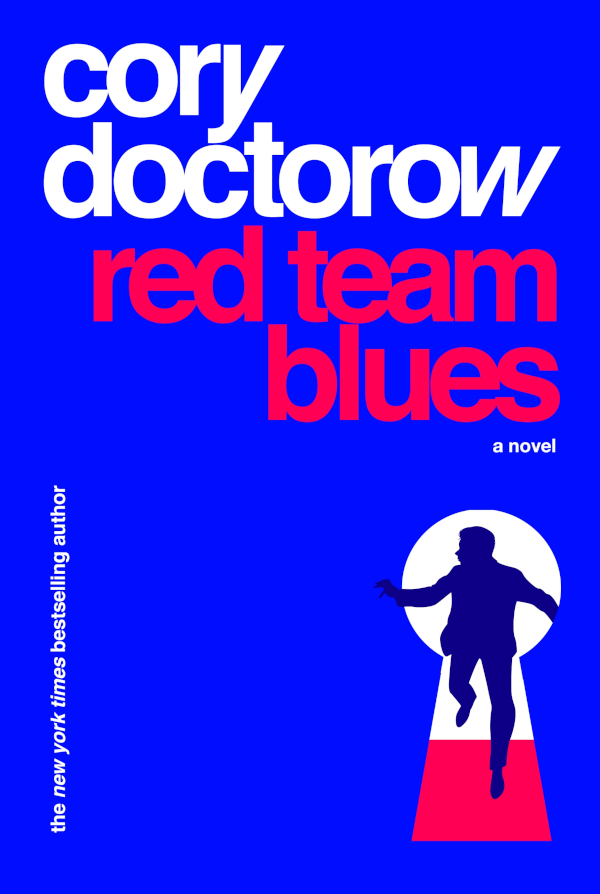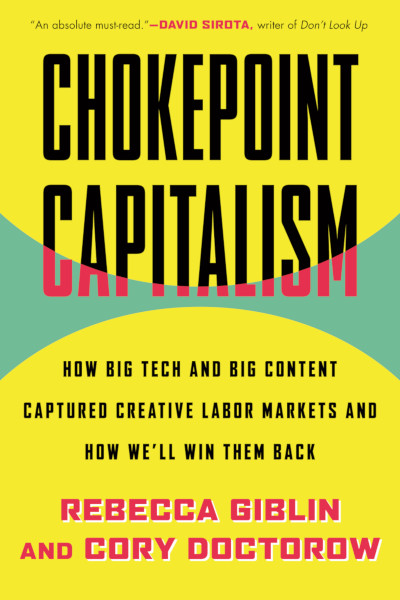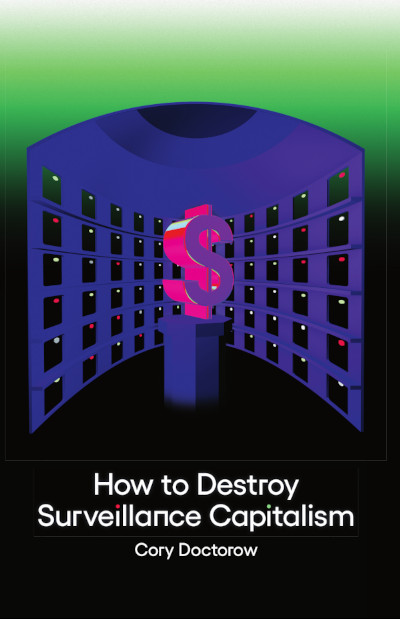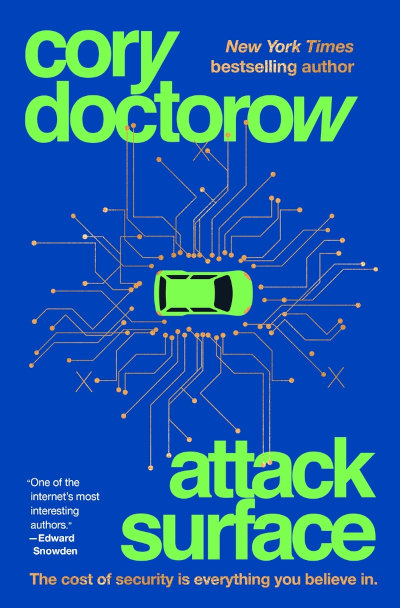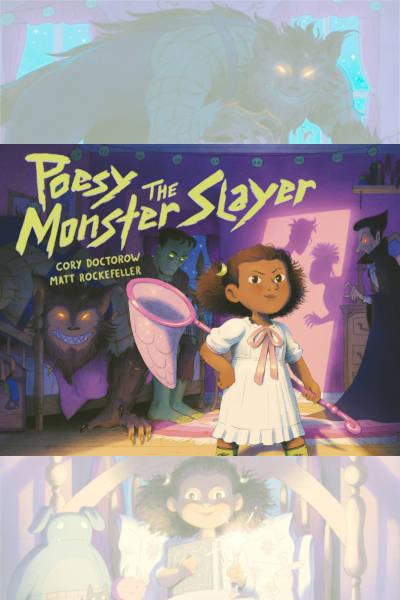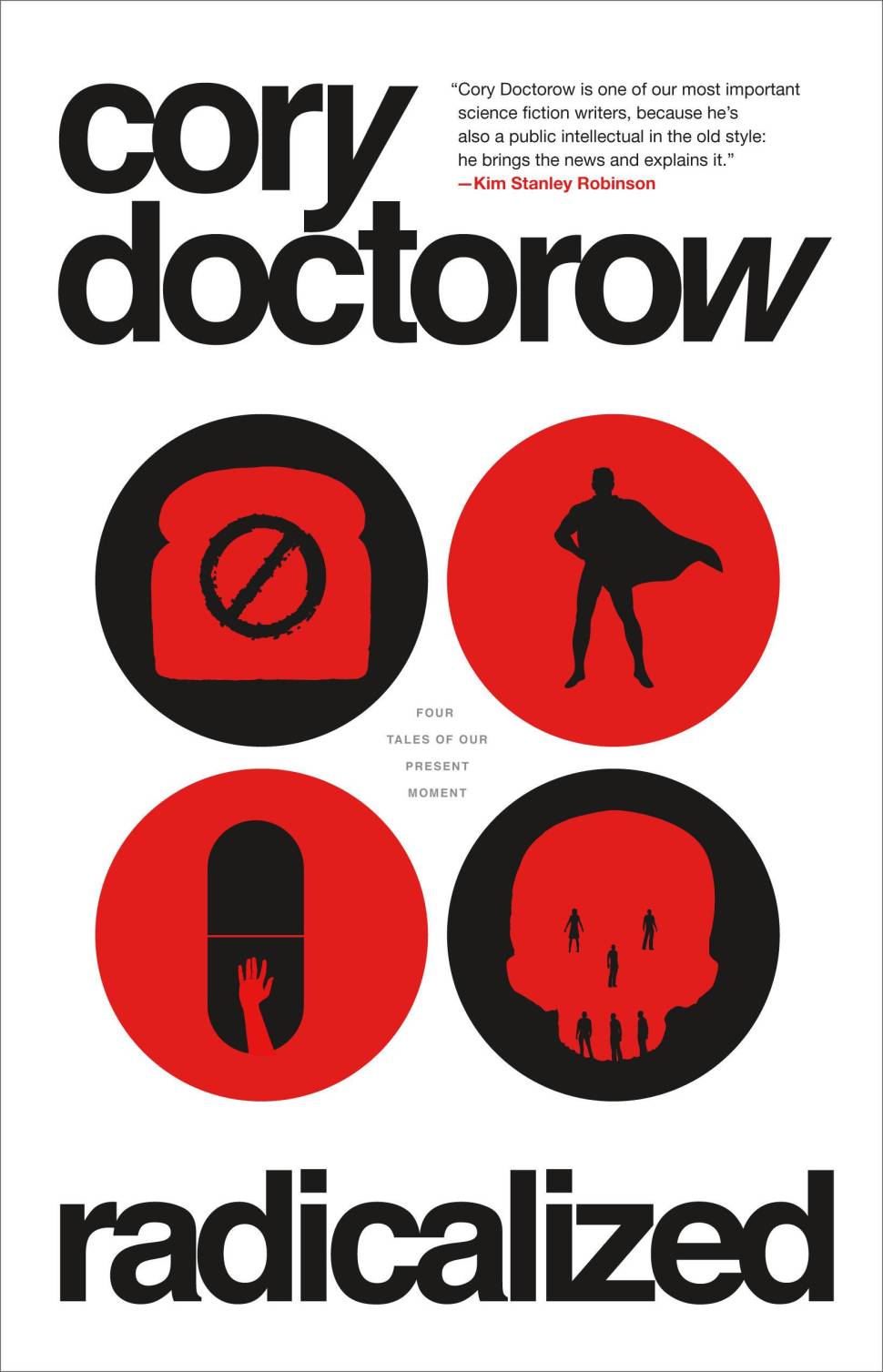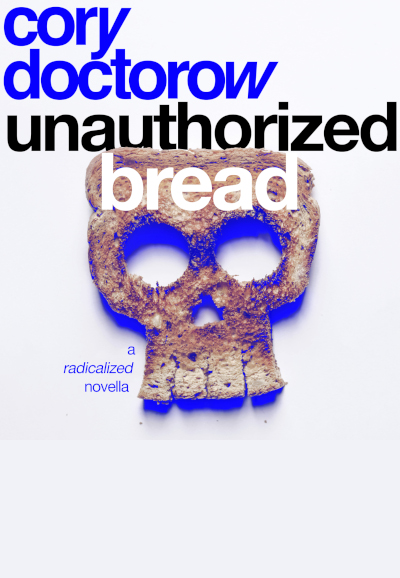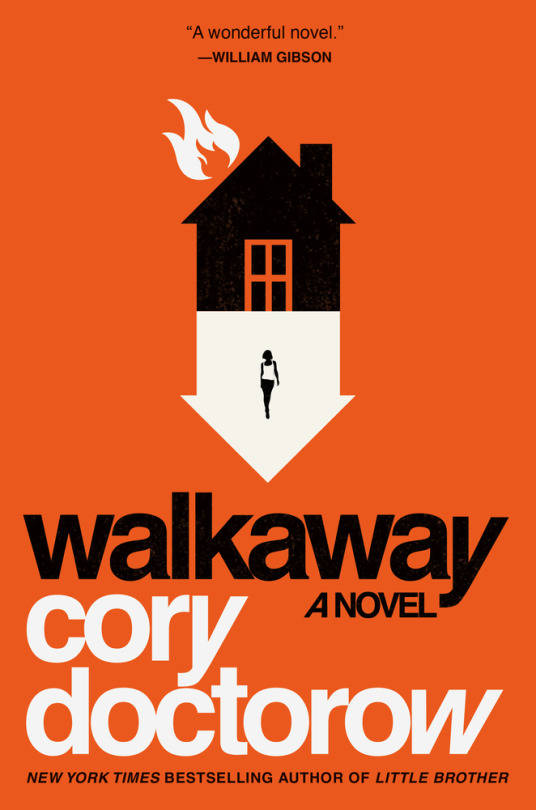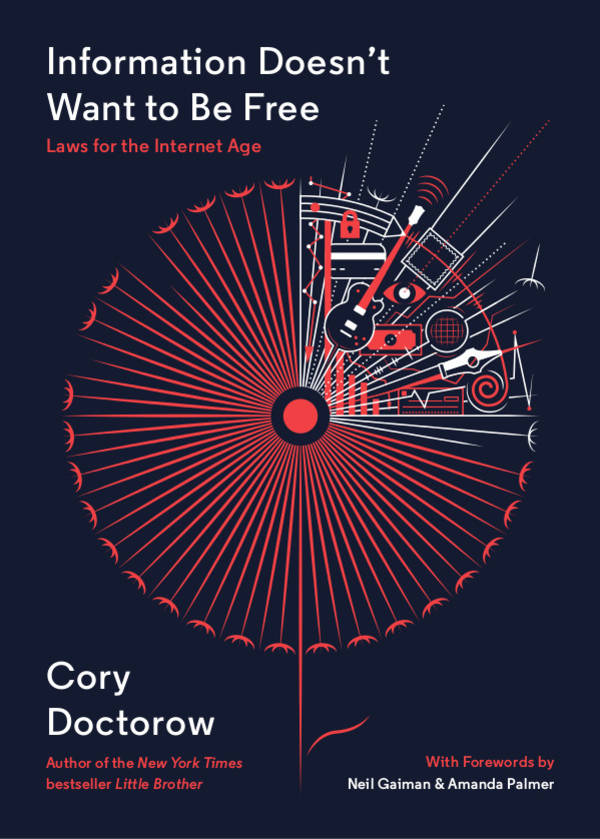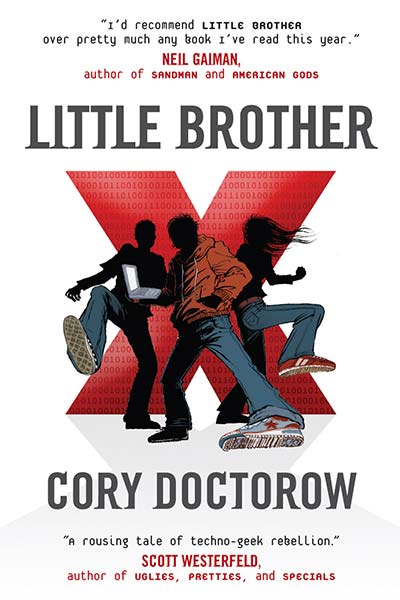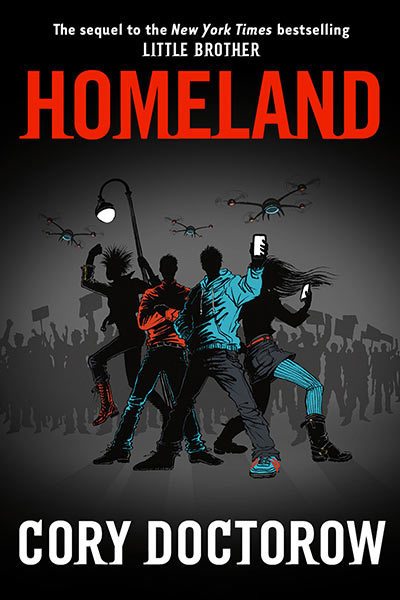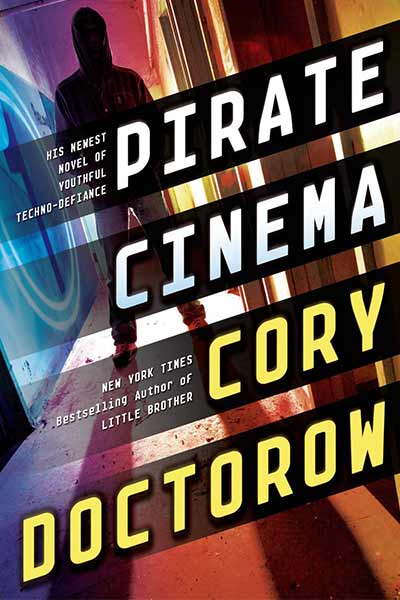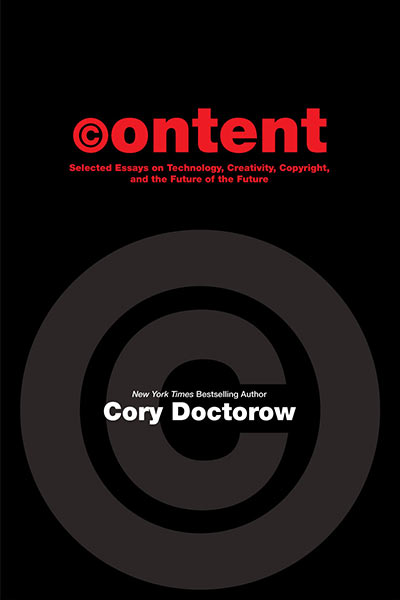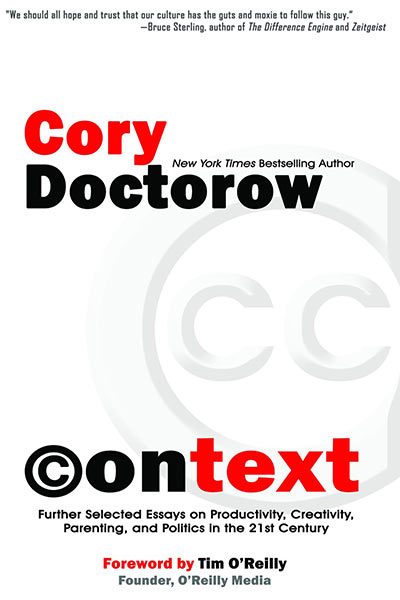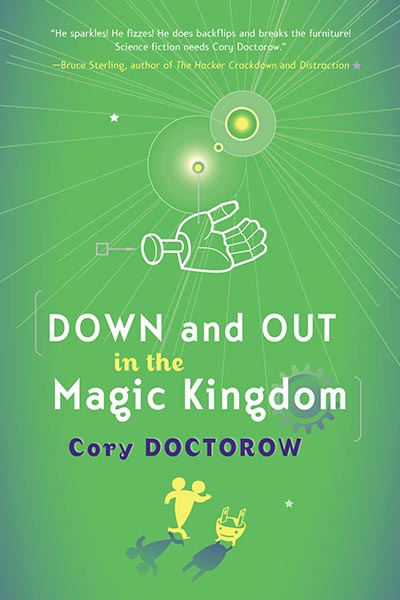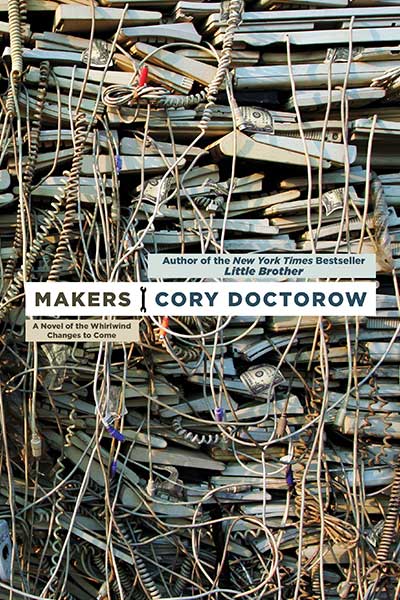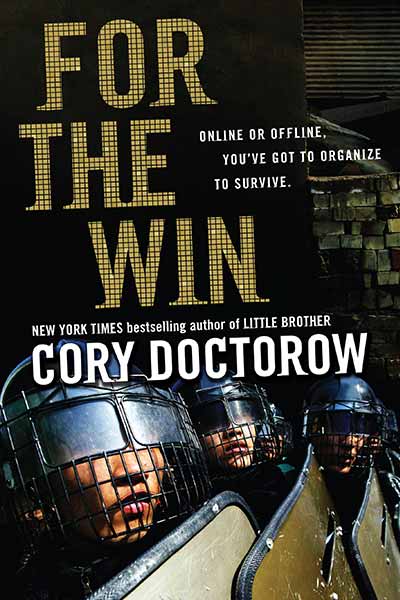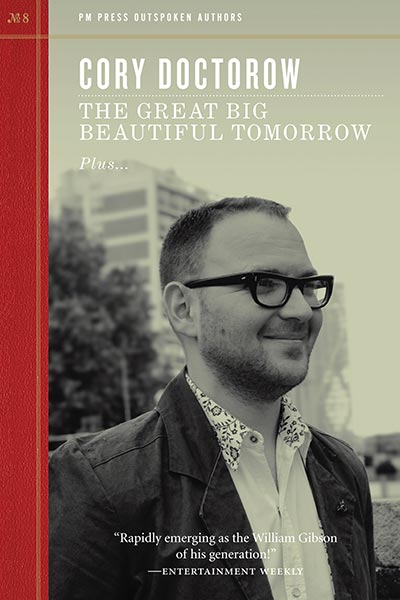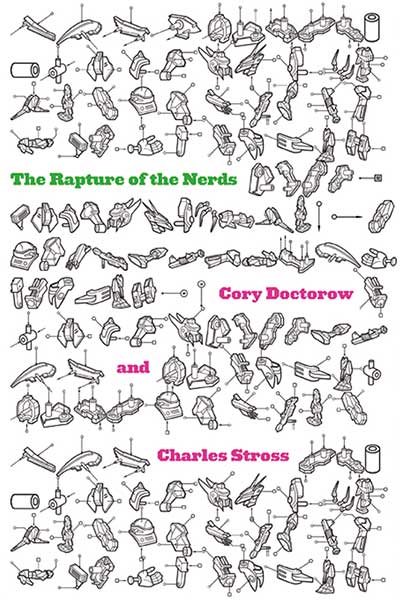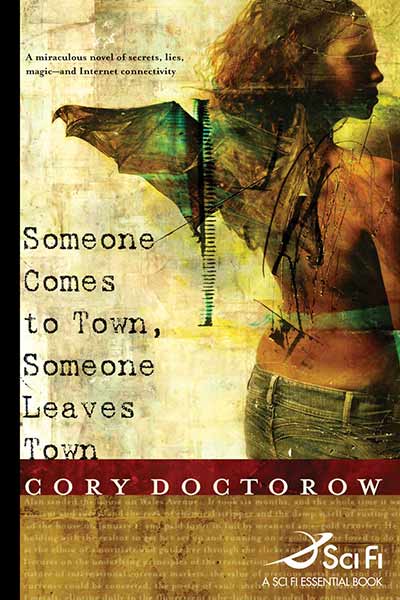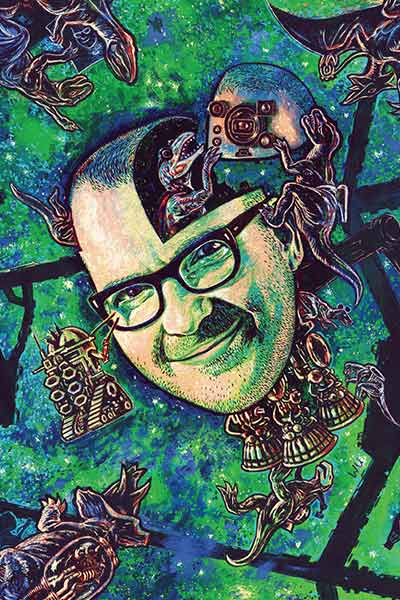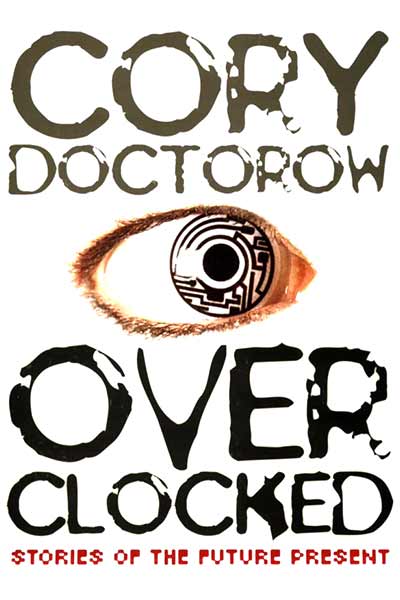
In my latest podcast (MP3), I continue my serial reading of my novella Party Discipline, which I wrote while on a 35-city, 45-day tour for my novel Walkaway in 2017; Party Discipline is a story set in the world of Walkaway, about two high-school seniors who conspire to throw a “Communist Party” at a sheet metal factory whose owners are shutting down and stealing their workers’ final paychecks. These parties are both literally parties — music, dancing, intoxicants — and “Communist” in that the partygoers take over the means of production and start them up, giving away the products they create to the attendees. Walkaway opens with a Communist Party and I wanted to dig into what might go into pulling one of those off.
Here’s part 1 of the reading and here’s part 2.
We told them they could go home if they didn’t want to risk coming to the Communist party, but we told them that after we told them that they were the only kids in the whole school we trusted enough to invite to it, and made sure they all knew that if they backed out, there’d be no hard feelings—and no chance to change their mind later tonight when they were at a corny party with a bunch of kids instead of making glorious revolution.
Every one of them said they’d come.
I’d found an all-ages show in Encino that night, two miles from Steelbridge, Antoine’s old job. We got piled into Ubers heading for the club, chatting about inconsequentialities for the in-car cameras and mics, and every one of us paid cover for the club, making sure to use traceable payment systems that would alibi us as having gone in for the night. Then we all met in the back alley, letting ourselves out of the fire-doors in ones and twos. I did a head-count to make sure we were all there, squashed together in a spot out of view of the one remaining camera back there (I’d taken out the other one the day before, wearing a hoodie and gloves, sliding along the wall so that I was out of its range until I was reaching up to smear it with some old crank-case oil).
We hugged the wall until we were back out into the side streets. All our phones were off and bagged, and everyone had maps that used back streets without cameras to get to Steelbridge. We strung out in groups of two to five, at least half a block between us, so no one would see a big group of kids Walking While Brown and call in the cops.
MP3






